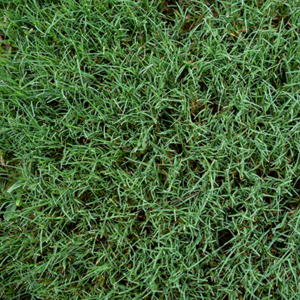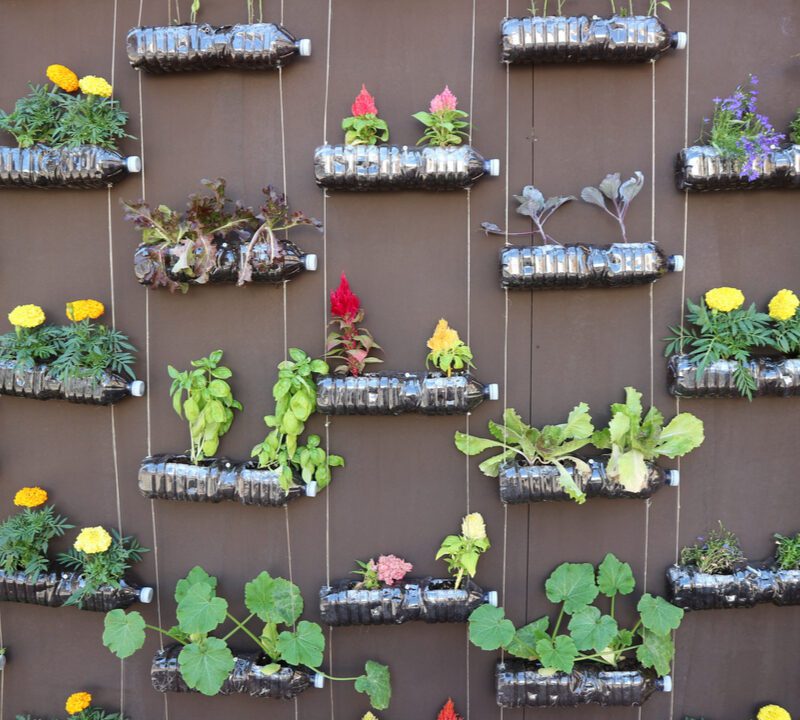- America's #1 lawn care company.
- 225-752-7252
Which Type of Grass Should I Plant on My Lawn?

Aeration vs Dethatching: How To Tell Which Is Right For Your Lawn
July 26, 2021
Stop Mosquitoes From Taking Over Your Birdbaths!
August 23, 2021When having a new house built, installing a pool, or rejuvenating a lawn under distress, choosing which grasses to plant can feel a bit daunting. There are so many types of grass to choose from, all with their own unique qualities. You want a grass that is going to last a long time, stand up to the local environmental elements and look the best for your property. Your friends at TruGreen have taken the liberty of creating a list of grasses appropriate for your geographic location and explain the benefits and not-so-good elements for each.
Check out the information below to help you make an educated choice about which type of grass is right for your Baton Rouge or Tupelo area lawn. If you’re still not sure, our lawn care experts are happy to help!
Best Types of Grass for the Greater Baton Rouge Area
St. Augustine
St. Augustine grass is happiest in climates that are similar to its namesake, St. Augustine, FL. This type of grass thrives in hot, humid climates, such as ours, and is quite common here in the southern states. It varies from light green to dark green and is easily distinguishable by its wider blades. It forms a thick, carpet-like turf that is usually successful at crowding out most weeds and holds up well to everyday lawn traffic. It has a high tolerance for shade but requires good irrigation as it is susceptible to drought. It is also vulnerable to certain pests and diseases including, chinch bugs, grey leaf spots, and take-all-root.
Bermuda
Bermuda is one of the most common types of grass found in the south due to its ability to survive even when it is mowed very short. For this reason, it is often found on local golf courses. Its gray-green, rough-edged blades and purple stems tolerate heat, burning sun, and drought very well. It sits low to the ground and provides a thick ground cover that stands up well to lots of foot traffic.
Bermudagrass can fall victim to drought stress, so it will need proper irrigation. It also prefers full sun and can become stressed if it does not receive at least six hours of direct sunlight per day. It is also susceptible to weeds and various lawn insects such as mole crickets, grubs, mites, scales, and nematodes. A variety of diseases such as dollar spots and large patches plague this lush, colorful grass. Still, a well-maintained lawn and fertilization program can help prevent these problems from occurring.
Centipede
If you don’t want to spend a lot of time on your grass, this may be the seed for you. It is also known as the lazy man’s grass because it grows slowly and needs less fertilization and mowing than other grasses in the Baton Rouge area. In fact, too much fertilizer can damage it causing excessive thatch build-up or dieback. Centipede offers a very dense and soft crab-apple green turf. Unlike Bermudagrass, it does well in the shade and has a high tolerance for drought. However, it does not tolerate traffic, compaction, high phosphorus soils, high soil pH, low potassium soils, excessive thatch, drought, or heavy shade.
Carpet Grass
Also known as Louisiana grass, it’s native to the interior Gulf states and similar tropical climates. Carpet is coarse-leaved and light green grass that provides a dense turf. It thrives in hard-to-grow areas, including shade, making it an excellent choice for a lawn with a ton of trees. It also requires little fertilization and only occasional watering. You can distinguish carpet grass from the others because it has distinct seed stalks with two branches at the top, which require frequent mowing to control. It is pale green or yellowish and one of the first grasses to turn brown when temperatures get cooler. It too can fall prone to disease and insects, but outside of its need for frequent mowing and tendency to turn brown in the fall, carpet grass requires little maintenance.
Best Types of Grass for Tupelo and the Surrounding Areas
Tall Fescue
Its tolerance to heat, cold, drought and inadequate sunlight make tall fescue the ideal grass for some homeowners who have trouble with other grass types. Unlike those listed above for Louisianna, it is a cool-season grass, therefore not the greatest grass for the Baton Rouge area but perfect for our residents and businesses located in Tupelo. It is heat and drought resistant and prefers to grow in bunches. It is highly durable and disease resistant and adapts well to wet soils and partially shaded areas. It has a medium to dark green appearance and is often used where low maintenance is required. The downfall to tall fescue grass? It does require frequent mowing and, if not well-maintained, can fall victim to disease and insects. A well-maintained lawn seeded with tall fescue should last for years providing your Tupelo area with a dark green lawn.
Kentucky bluegrass
Another cool-season grass, Kentucky bluegrass, grows best in the fall, spring, and winter when temperatures are cooler. Its growth slows during the summer months. It has a dark green appearance and produces a thick, dense turf. Its leaf buds have a boat-shaped tip, and the sides of its blades are parallel, giving it a stiff appearance. It prefers full sun but will tolerate partial shade. It tolerates cooler temperatures but does not like extreme heat. Environmental stressors such as drought, poor soil, and heat can make Kentucky bluegrass more susceptible to disease and weeds. If properly watered and fertilized, this moderate to high maintenance grass will do just fine in your Tupelo backyard.
Zoysia
If you’ve ever stood on a lawn and noticed that it felt prickly on your feet, it was probably Zoysia. This grass type has a thick and prickly feel to it and is found in the middle and eastern parts of the United States. It provides a soft carpet of lawn that is able to withstand heavy traffic. Zoysia can tolerate cold temperatures, foot traffic, and drought conditions with relative ease. It loves being in the direct sunlight, so it’s great for yards with little to no shade. Zoysia does require more watering than the other grasses and will need to be aerated once in a while to look its best. Because it’s a warm-season grass, it tends to turn brown when the cold weather comes.
Whatever Grass You Choose, Protect Your Turf With a Lawn Care Program From TruGreen MidSouth
While we have separated the two regions above, keep in mind that many lawns are created with mixtures of grass types. No two yards are alike, so it is important to choose the grass – or grass mixture – that is right for you. Don’t stress about which grass to pick. Just call the experts and allow us to help you. TruGreen Midsouth can help you determine which of the above grasses are right for your individual lawn.
Whatever grass you choose, be sure to maintain your turf with a lawn care program designed for you. At TruGreen, we offer an 8-step program for our residents and businesses in Louisiana and a 7-step program for our friends in Mississippi. While we personalize every lawn care service based on the unique factors of your property, each lawn care program includes market-leading fertilizers and weed control.
Learn more about our lawn care programs and the rest of our services by visiting our website. Fill out our contact form online for a free quote, or give us a call. If you are in Mississippi, call us at 1-662-330-1330. If in Lousiana, call us at 1-225-465-0665.
Did you find the information in this article useful? Then share it with family and friends! Then check out our other blog articles by following our blog. Then check out our Facebook pages. We’ve separated them into two different pages for each of our locations. Our Baton Rouge Facebook page can be found here. Our Tupelo Facebook page can be found here.




